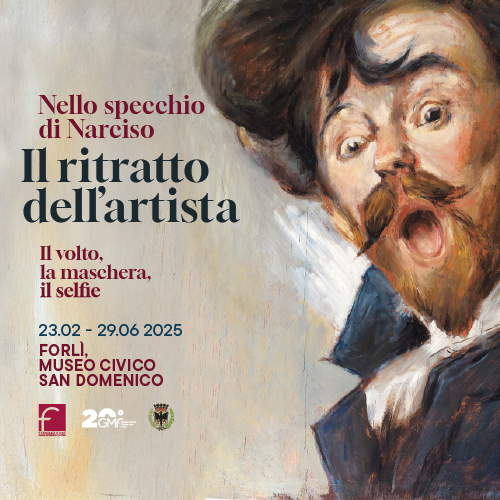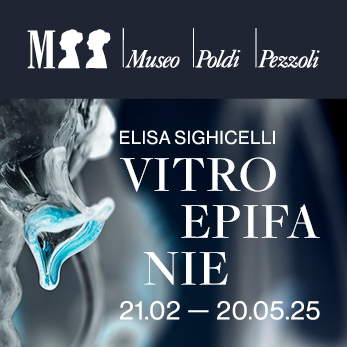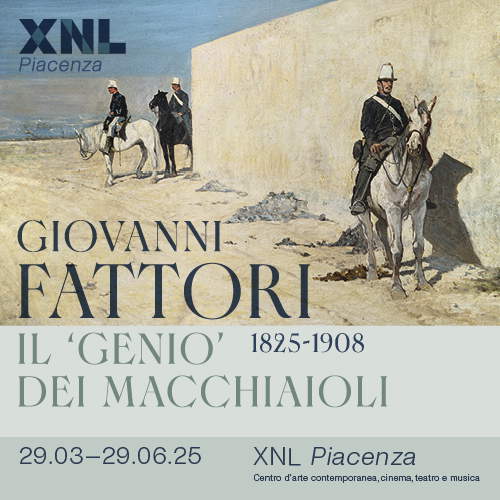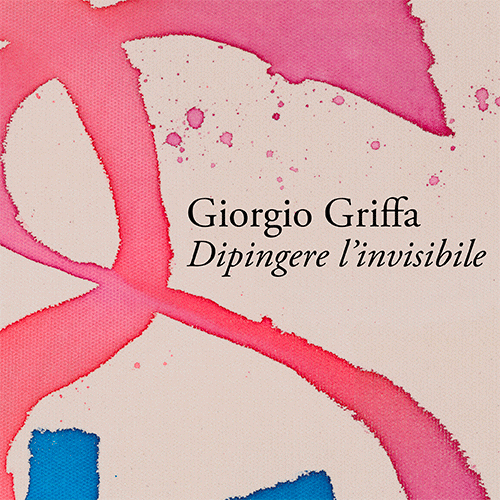Eugenio Tibaldi creates a work for the Rebibbia Women's Prison on the occasion of the Jubilee
On the occasion of Jubilee 2025, an unprecedented initiative unites the world of contemporary art and the Italian prison system. The Severino Foundation and the Pastificio Cerere Foundation in Rome, entities that have been promoting the encounter between culture and the prison reality for years, have announced an extraordinary project that will feature Eugenio Tibaldi (Alba, 1977), an artist known for his multidisciplinary and engaging approach. The work will be created inside for the Rebibbia Women’s Prison "Germana Stefanini," the largest women’s prison in Europe, and will have a strong impact on the daily lives of the inmates, while becoming a symbol of inclusion and reflection. The project is part of a series of initiatives that, in recent years, have seen the two foundations collaborate on important interventions within Italian prison facilities, bringing art as a tool for transformation and hope. In particular, Tibaldi’s work will be a site-specific and permanent intervention, designed to become a fundamental element of prison life itself, taking root in the environment and the people who live it on a daily basis.
“Attracted by the dynamics and aesthetics that sprout in border areas,” Marcello Smarrelli argues, “as witnessed by the many projects carried out in different parts of the world, Eugenio Tibaldi drops himself with commitment and sensitivity into the contexts entrusted to him, designing works capable of deeply interpreting reality, imagining future alternatives starting from what society considers as defects or anomalies. Because of these characteristics, his research seemed congenial to the creation of a work of art capable of changing, if only for an instant, the perspective and gaze of the Rebibbia inmates.”
“Art generates transformation,” as emphasized by Paola Severino, President of the Severino Foundation, “and through this project the women inmates of Rebibbia will have the opportunity to take part in the creation of a work of art that will strengthen their self-esteem, stimulating their creativity and helping them to bring out an unexpressed talent of their own. We want the work imagined by Eugenio Tibaldi with the Severino Foundation, the Pastificio Cerere Foundation and Intesa Sanpaolo, to evoke hope for rebirth, contribute to redemption and inner freedom, all elements that should accompany the path that every individual subjected to detention takes in prison and that are inextricably wedded to the values that characterize the Jubilee of 2025.”
The initiative was created thanks to the synergy between various entities and institutions, including Intesa Sanpaolo, which is supporting the project, and the patronages of the Holy See’s Dicastery for Culture and Education, as well as the Ministry of Justice. A particularly indicative aspect of the project is its ability to focus on the experience of female prisoners, involving them in a process of co-creation rooted in visual communication as a tool for expression and emotional liberation. Tibaldi’s work is based on the dialogue and integration of art and life. The creation of the work is preceded by a long period of preparation that began in September 2024, with the artist’s first visits to the Rebibbia Prison. During these initial stages, Tibaldi had the opportunity to meet with inmates and operators, resulting in a series of dedicated workshops. These meetings aimed to foster visual communication between the inmates and the artist, using drawing as a universal language that overcomes social and linguistic barriers. Tibaldi’s final work, which will draw inspiration from these very encounters and the emotions that emerged, will not be an extemporaneous intervention, but a realization destined to remain over time as a symbol of change. It will be a permanent presence inside the Casa Circondariale, a legacy that will not only visually enrich the environment but also offer ongoing reflection on issues of justice, hope and redemption.
The project has also received the support of ARTELIA Italia S.p.A., which will take care of project management activities, design of electrical systems and supervision of the construction work. In this way, the project can count on a solid infrastructure that will guarantee the quality and durability of the work, ensuring its proper execution in such a delicate and complex environment as a prison. In order to make the activity of the workshops possible, moreover, the CARIOCA company provided all the necessary materials, from colors to pencils, from markers to paper, making sure that the inmates could work with the right tools to express their creativity to the fullest.
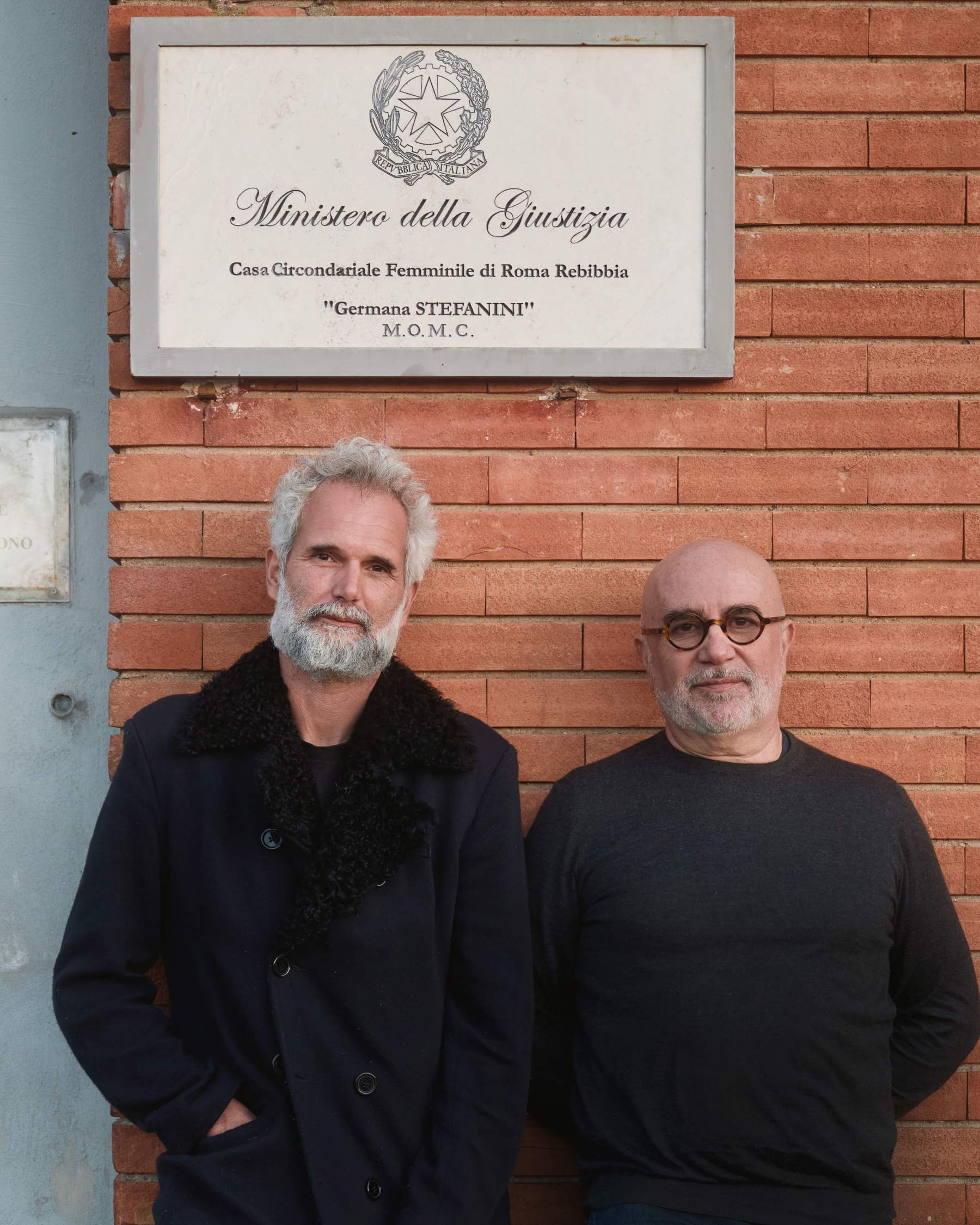
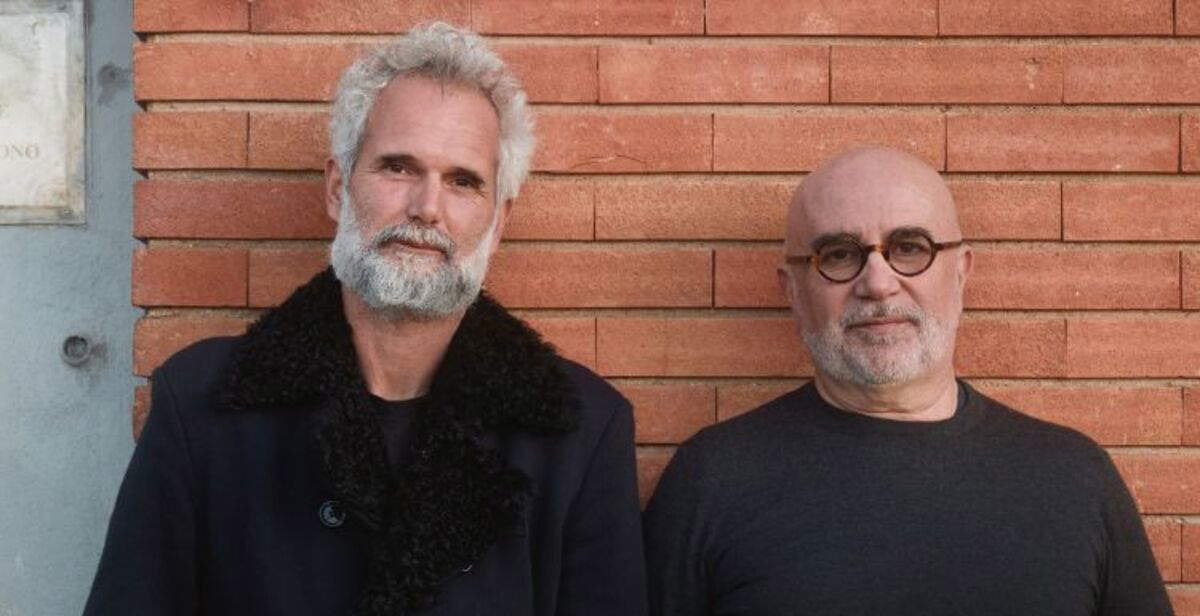 |
| Eugenio Tibaldi creates a work for the Rebibbia Women's Prison on the occasion of the Jubilee |
Warning: the translation into English of the original Italian article was created using automatic tools. We undertake to review all articles, but we do not guarantee the total absence of inaccuracies in the translation due to the program. You can find the original by clicking on the ITA button. If you find any mistake,please contact us.





